In Yerevan, protests have not subsided for several days demanding the resignation of Prime Minister of Armenia, Nikol Pashinyan. Protests in the Armenian capital began on May 9. Since then, every day the police detains dozens of people dissatisfied with the policies of the Pashinyan regime. A new protest leader has emerged in Armenia, leading the people and demanding the resignation of the Prime Minister – the head of the Tavush Diocese of the Armenian Apostolic Church, Archbishop Bagrat Galstanyan.
Recently, Galstanyan announced the theoretical possibility of starting the impeachment procedure against Pashinyan. “Two opposition factions agreed to begin impeachment proceedings. But they have 35 of the required 36 votes.” He added that two important issues remained: the candidacy of a new prime minister and the missing 18 votes in parliament. In order for impeachment to take place, the votes of a majority of members of the National Assembly, that is, 54 deputies, are needed. The archbishop also said he was ready to accept any responsibility and stressed that the new prime minister should not be a member of any party or group. This is necessary to form a new government of consensus, consisting of professionals, which will ensure internal solidarity and the holding of new elections.
Reasons for the protests, negotiations with Azerbaijan and relations with Russia
In addition to Pashinyan’s resignation, protesters on Republic Square in Yerevan demand to stop the process of delimiting the border and transferring of border territories to Azerbaijan. The Armenian Foreign Ministry reported on April 19 that special commissions of Armenia and Azerbaijan had previously agreed on the passage of certain sections of the border between eight villages in order to bring these sections “in line with the legally justified inter-republican border that existed in the Soviet Union at the time of its collapse.”
In 2022, Yerevan and Baku, through the mediation of Russia, the United States and the EU, began discussing a future peace treaty. At the end of May 2023, Pashinyan stated that Yerevan was ready to recognize the sovereignty of Azerbaijan within Soviet borders, that is, together with Karabakh. However, after the well-known events of the 2023 autumn, when Karabakh completely came under the control of Azerbaijan, as it was before 1991, Pashinyan accused Russia and the Collective Security Treaty Organization of not contributing to the protection of the sovereignty of Armenia.
On the evening of May 8, negotiations between Russian President Vladimir Putin and Pashinyan took place in Moscow. The two leaders met following the anniversary summit of the Eurasian Economic Union, in which the Prime Minister of Armenia took part. Putin pointed out that economic relations between the two countries are developing successfully, and the growth in trade turnover last year amounted to more than $7 billion. He also reminded Pashinyan that cooperation with the EAEU has a positive effect on Armenia; the republic has increased trade turnover with the bloc countries by 14 times.
Pashinyan did not want to discuss the economy and suggested moving on to regional politics and security issues, but Putin eloquently replied that security issues would not be discussed openly, and that regional politics could be discussed within the EAEU. As a result of the negotiations, the leaders agreed on the withdrawal of Russian military and border guards from a number of regions of Armenia, but Pashinyan has not yet risked withdrawing them from the territories bordering Iran and Türkiye.
Three days later, in Almaty, a city in Kazakhstan, negotiations on key issues of the peace treaty between Armenia and Azerbaijan were held between the Foreign Ministers of two countries, Ararat Mirzoyan and Jeyhun Bayramov. They “welcomed progress on border delimitation” and agreed to continue negotiations on a peace agreement. Aliyev and Pashinyan came to the conclusion that a peace agreement needs to be concluded before November 2024, when the COP29 climate summit will be held in Baku to cause a positive effect among their European colleagues.
In accordance with the decision on the speedy adoption of a peace treaty, the Azerbaijani authorities plan to return 20 thousand citizens of the country, internally displaced earlier, to Karabakh by the end of the year. Baku also plans to create all the necessary infrastructure in at least 20 settlements of the former disputed territory. Last week, the first 40 families of Azerbaijani migrants moved to the city of Fuzuli in the village of Sus, Lachin region, where work has already been carried out to restore the infrastructure. In March, President Aliyev announced the resettlement of more than 400 people who previously lived there to Karabakh. Bayramov added that since November 2020, more than $3 billion has been allocated for the comprehensive restoration of Karabakh.
Against the backdrop of the settlement policy of Karabakh, the new delimitation of borders and the concessions of four new villages by Armenia to Azerbaijan, Aliyev indeed looks like a winner compared to Pashinyan, much to the displeasure of the Armenian people, who take to the streets demanding the resignation of the government. Despite diplomatic giveaways to Aliyev and Putin, whom he accuses in the media of violating the 2020 trilateral treaty, Pashinyan is enlisting the support of Europe, primarily France, which supplies Yerevan with weapons and intends to replace Russian peacekeepers in Armenia. Aliyev has already warned the international community that if Paris continues to arm Yerevan, Baku will take countermeasures.
Who is Galstanyan and what will Pashinyan do?
The fact that the leader of today’s protests in Yerevan is an archbishop, a minister of the church, is significant, since the religious sentiments of the people of Armenia are strong. Former head of the Armenian Foreign Ministry Vardan Oskanyan even said that Bagrat Galstanyan should become a candidate for prime minister and head the government during the transition period. “I never had and don’t have such ambitions or such desire. But if the people wish and if it is God’s will and the blessing of the Catholicos of All Armenians, then who am I to say “no,” the clergyman responded.
However, from a constitutional point of view, it is not so simple, because Galstanyan has dual citizenship – of Armenia and Canada. In Canada, he was the primate of the diocese of the Armenian Church and a bishop in the Cathedral of the Mother See of Holy Etchmiadzin. In 2013, he was accused of trying to mortgage the Church of St. Gregory the Illuminator in Canada for money. In the 90s, Galstanyan studied at the University of Leeds and held the position of visiting priest of the Armenian Church of the Holy Trinity in Manchester. In 2012, the reverend completed graduate studies at Concordia University and received a Master of Arts in Theological Studies.
Galstanyan came to the forefront of the protests on May 9 because Armenia and Azerbaijan began the process of delimiting borders in the Tavush region, where the archbishop now serves as the head of the diocese. The national feelings of the people, who are drawn to traditional values, also play a role here. It is very important for Armenians that the history of their apostolic church goes back more than 1,700 years, and that Armenia was the first among all modern countries to adopt Orthodoxy. Against the backdrop of Pashinyan’s statements about the transition from “historical Armenia” to “real Armenia” and the recent blatant attack by the ruling Civil Contract party deputy Arsen Torosyan that the “myth” of the Armenian Church needs to be “destroyed to the ground,” Galstanyan is gaining popularity by using it as propaganda.
Because of his Canadian passport, the protests cannot be classified as a “pro-Russian threat”, as they are considered in Georgia. Therefore, for now, Pashinyan is trying to suppress the protests through the same levers that the opposition uses – religious organizations. He appealed to Pope Francis with a request to condemn the course of the Armenian Apostolic Church towards “destabilization of society and harmful interference in the activities of secular authorities.”
Western penetration of Armenia
However, the Pope cannot in any way influence the church of a completely different denomination. Western partners are also helping Pashinyan: The US diplomatic mission in Armenia is trying to organize a meeting between Ambassador Christina Quinn and Catholicos of the Armenian Apostolic Church Karekin II or someone from his entourage. Quinn asked opposition members of parliament for assistance in organizing negotiations with the AAC. At the same time, American diplomats are trying to establish contacts with leaders of other confessions, the chief rabbi and administrator of the Yerevan-Armenian Diocese of the Russian Orthodox Church.
Pashinyan also published a new list of national values on social networks and added to it: “The Armenian Apostolic Holy Church, the Armenian Catholic Church, the Armenian Evangelical Church. Christianity”. Thus, he equated the Catholic and Evangelical churches with the Armenian Apostolic Church. Meanwhile, according to the Constitution of Armenia, “In the Republic of Armenia, the church is separated from the state”. The Republic of Armenia recognizes the exclusive mission of the Armenian Apostolic Holy Church as a national church in the spiritual life of the Armenian people, in the development of their national culture and the preservation of national identity.”
Despite the religious upsurge and self-awareness of the people, it may turn out that Western intelligence services and ideologists of color revolutions will seize Armenian sentiments in order to turn the protests in their favor if Pashinyan fails to suppress them. Now European partners are increasingly penetrating into the territory of Armenia, displacing Russia and at the same time threatening the geopolitical interests of other countries, such as Azerbaijan and Türkiye. In addition to France, the UK is also showing interest in Armenia. The Government of Armenia has authorized the British consulting company “Sanctuary Counsel” to reach agreements on arms supplies with manufacturers in the UK and around the world. General Richard Dannatt, former Chief of the General Staff of the British Armed Forces conducts the negotiations with Yerevan.
Secondly, Pashinyan himself gives the West a carte blanche for any actions that will help maintain its power. At a working meeting with the ambassadors of the United States and the European Union, he presented them with claims that numerous NGOs financed by Western funds and agencies do not support the Armenian government in a situation of mass anti-government protests. Pashinyan demanded that in the coming days, “foreign agents” of Armenia launch a campaign in defense of the prime minister and the government. The West has a lot of cards up its sleeve that can stop the protests or, conversely, strengthen them in order to put pressure on Pashinyan if necessary. This political situation makes the current Armenian government even more dependent on European and American partners.





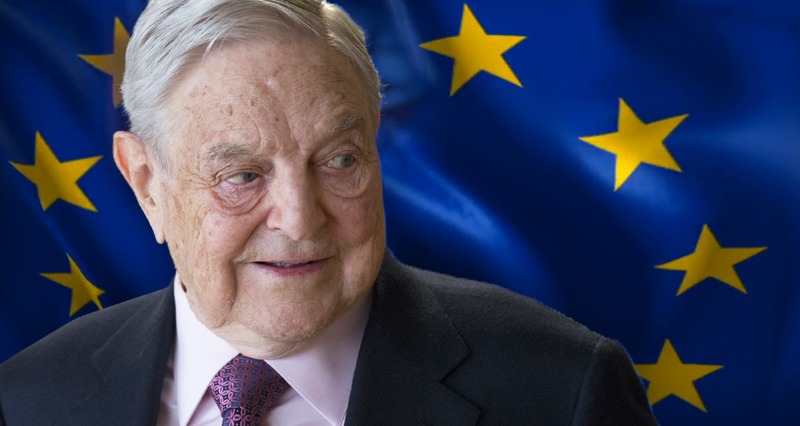

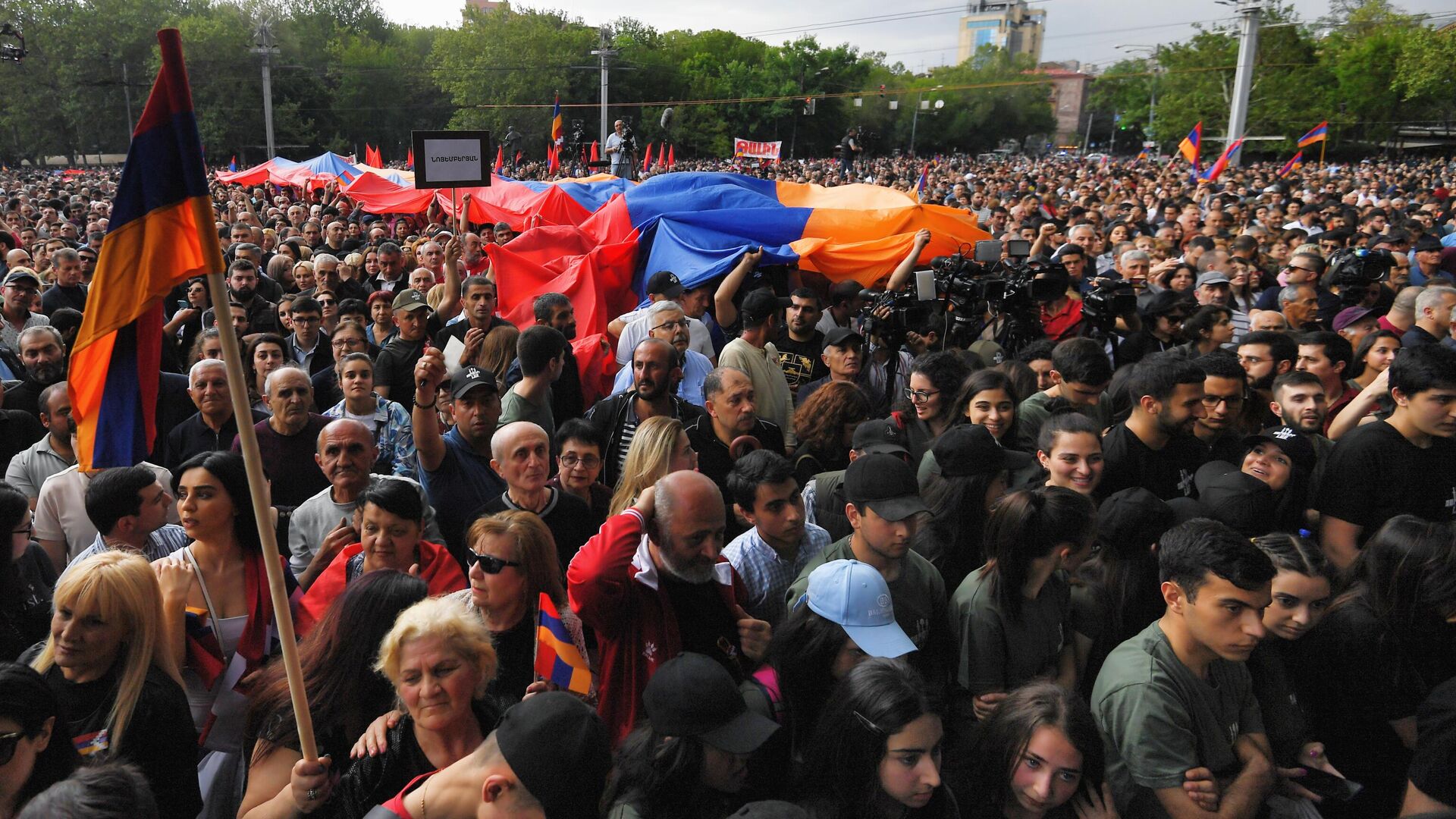
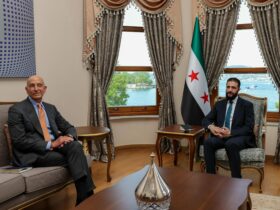
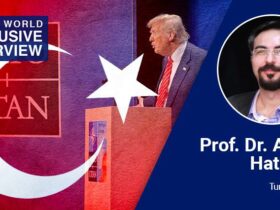
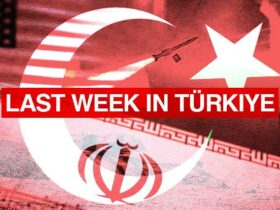
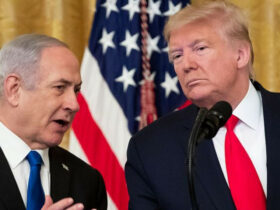

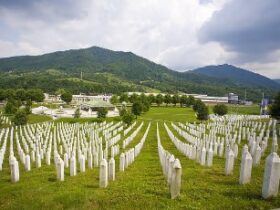
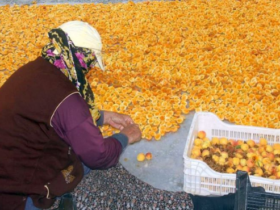
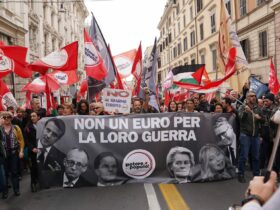

Leave a Reply